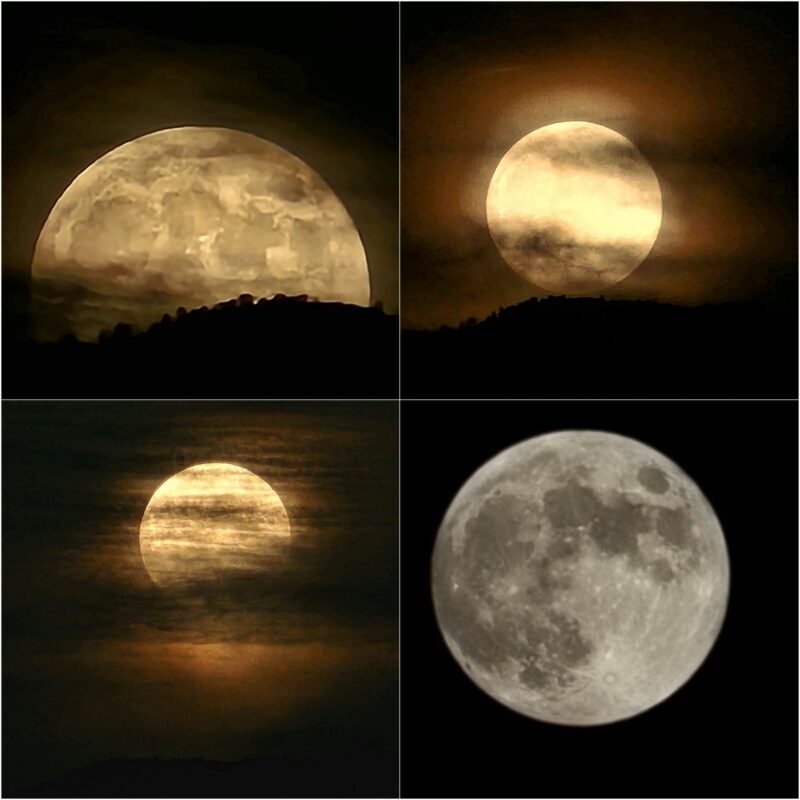
The full moon is nearing, coinciding with International Observe the Moon Night. NASA emphasizes this evening as an opportunity to enjoy celestial observations and recognize cultural and personal connections to the Moon.
Keep reading to find out what you can observe in the night sky tonight, October 4.
What is today’s moon phase?
On Saturday, Oct. 4, the moon phase is Waxing Gibbous, with 91% of its surface illuminated, as per NASA’s Daily Moon Observation.
This evening, you can view the Copernicus Crater, Mare Serenitatis, and Mare Fecunditatis with the naked eye. Using binoculars, you’ll be able to see the Apennine Mountains, Alphonsus Crater, and Clavius Crater. A telescope will help you identify the Apollo 11 landing site, Reiner Gamma, and Descartes Highlands.
When is the next full moon?
The next full moon occurs on Oct. 7. The previous full moon was on Sept. 7.
What are moon phases?
According to NASA, the moon experiences phases throughout its 29.5-day revolution around Earth. The different angles between the Sun, Moon, and Earth produce the various phases we observe. From Earth, the moon may look full, partially illuminated, or absent, yet we consistently see the same side. The alteration is in the sunlight reflected from its surface based on its orbital location.
The eight primary moon phases are:
New Moon – The moon is positioned between Earth and the sun, rendering it invisible.
Waxing Crescent – A small sliver of illumination appears on the right side (Northern Hemisphere).
First Quarter – Half of the moon is illuminated on the right side, resembling a half-moon.
Waxing Gibbous – More than half is illuminated, but it is not yet full.
Full Moon – The full face of the moon is lit up.
Waning Gibbous – The moon begins to lose light on the right side.
Last Quarter (or Third Quarter) – Another half-moon phase, but the left side is illuminated.
Waning Crescent – A narrow sliver of light lingers on the left side before it dims.